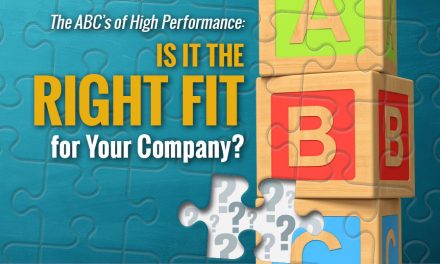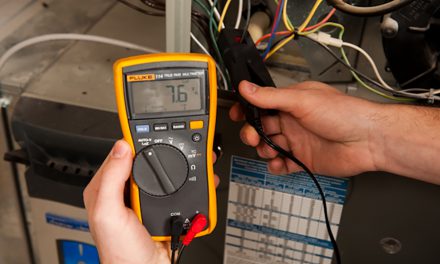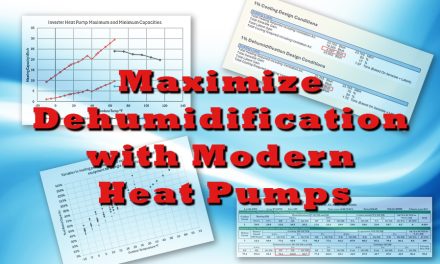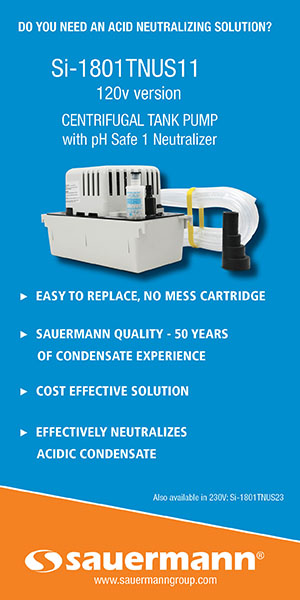
Rob Falke is the president of National Comfort Institute
The fall season lacks the extreme temperatures that keep our services in high demand. Contractors must dig down deep and focus on new ways to generate business. Let’s take a look at several performance-based HVAC benefits we can use in our marketing and daily conversations with customers to keep service leads coming in.
Oddly enough, when temperatures are mild, indoor air quality begins to suffer. In summer and winter months, many systems operate most of the time, struggling to move enough air and heat to generate comfort. But when heating or cooling demand declines in mild weather, several other functions also decline. These include ventilation, dehumidification, and filtration.
Oddly enough, when temperatures are mild, indoor air quality begins to suffer.
Since each of these functions is essential to good comfort and air quality, let’s take a look at our opportunities.
Ventilation
Some ventilation can be provided from open windows and introducing outside air into the building. But this air is often unfiltered and contains excess humidity. Installing fresh air systems with filtration and dampers is one opportunity. Installing a thermostat that cycles the fan for ventilation is another. These services can solve many problems by ventilating with outside air.
Fall is also the time to check small bath and kitchen exhaust fans. They open the door for cleaning and replacing exhaust fans. Cleaning a small fan often quadruples airflow and that has a huge impact on moisture and odor removal from the areas they serve.
Dehumidification
When forced-air cooling systems no longer run, dehumidification also terminates. Consider recommending to your customers that they keep their dehumidification systems operating to remove moisture, especially in the Southern and Eastern U.S. Several manufactures are introducing some exciting new equipment with dehumidification capabilities.
Of course, once the heating systems kick in, dehumidification will begin again. The question is how much damage can occur in the building until that happens.
Filtration
Most filtration systems accomplish nothing useless air is passing through them. Though filtration ties in closely with ventilation, consider it a stand-alone system component as well. Choose your filters and size them carefully.
The number one concern with filtration is excessive pressure drop. As filter efficiency increases, static pressure increases. The higher the static pressure drop through filters, the lower the system airflow.
The number one concern with filtration is excessive pressure drop that can seriously restrict system airflow. As filter efficiency increases, static pressure increases. The higher the static pressure drop through filters, the lower the system airflow. Install new filter housings to increase filter surface area to decrease pressure drop or install return air filter grilles. The filter installed to increase air quality can actually be the primary culprit in causing extremely poor indoor air quality. For constant speed fans, the NCI pressure budget is only 20% of the fan-rated total external static pressure.
Check installed filter static pressure drops to assure fan pressure remains below its rated pressure.
Many high efficiency filters may require installing two or more filters into the system, increasing filter surface area, to assure the pressure remains lower then the fan-rated pressure.
By using these techniques, you can offer customers a safer and healthier environment, while adding dollars to your bottom line during shoulder seasons.
Rob ‘Doc? Falke is president of National Comfort Institute — an HVAC-based training company and membership organization. If you’re interested in more information about indoor air quality opportunities, contact him at robf@ncihvac.com or call him at 800-633-7058. Be sure to visit the High-Performance HVAC Today website at HVACToday.com.













Recent Comments